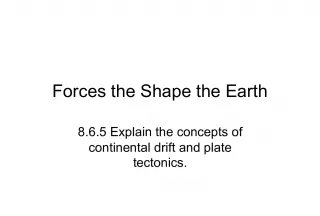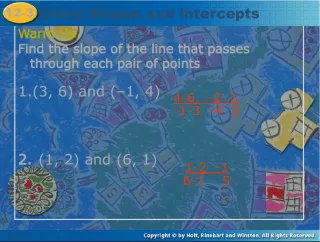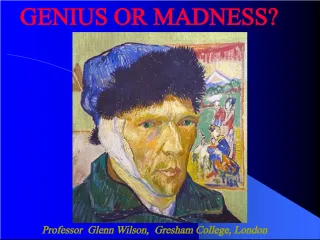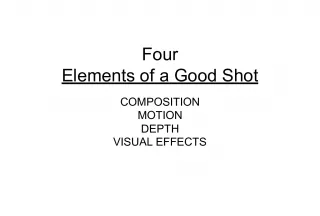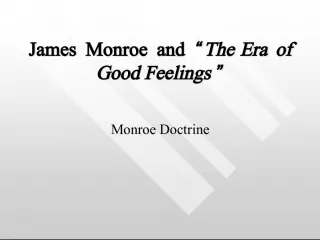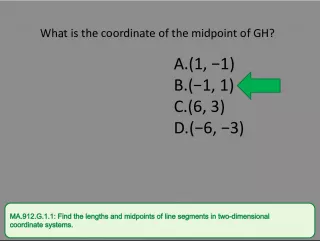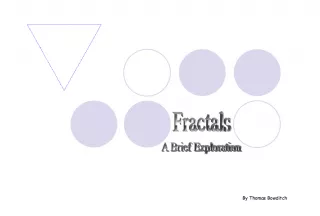The Ingredients for Good Art: The Importance of Line and Shape
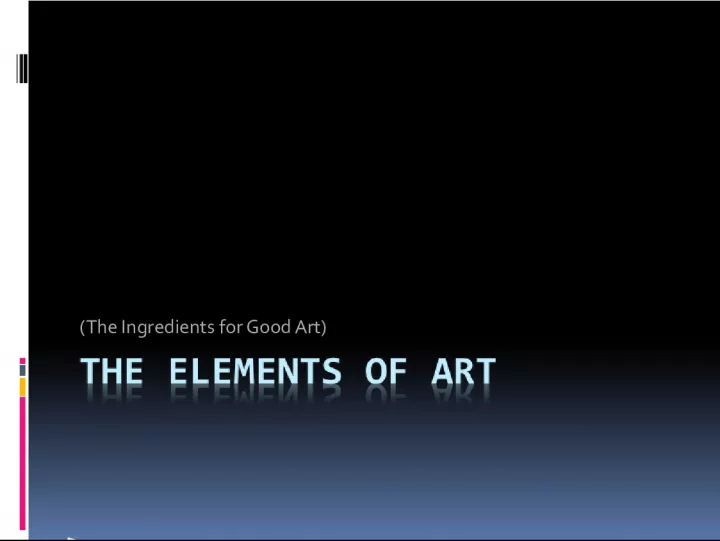

In the world of art, there are several key ingredients that make up a successful piece. One of the most important of these is line, which can help create a
- Uploaded on | 1 Views
-
 juliacouri
juliacouri
About The Ingredients for Good Art: The Importance of Line and Shape
PowerPoint presentation about 'The Ingredients for Good Art: The Importance of Line and Shape'. This presentation describes the topic on In the world of art, there are several key ingredients that make up a successful piece. One of the most important of these is line, which can help create a. The key topics included in this slideshow are . Download this presentation absolutely free.
Presentation Transcript
Slide1(The Ingredients for Good Art)
Slide2Line helps create a sense of movement or stability in a photograph. Types of line: Organic Geometric Sketch Calligraphy Structure
Slide3an enclosed space , the boundaries of which are defined by other elements of art (i.e.: lines, colors, values, textures, etc.). Shapes are two dimensional: they have only length and width. There are Geometric shapes (circles, rectangles, squares, triangles) and Organic shapes, which have natural, less well-defined edges (think: an amoeba, or a cloud).
Slide4a three- dimensional geometrical figure (i.e.: sphere, cube, cylinder, cone, etc.), as opposed to a shape , which is two- dimensional, or flat . Form can be real ( in 3-D works of art) or implied ( in 2-D works of art)
Slide5Color There are three (3) properties to color: The first is hue , which simply means the name we give to a color (red, yellow, blue, etc.). The second is intensity , which refers to the strength and vividness of the color. For example, we may describe the color blue as "royal" (bright, rich, vibrant) or "dull" (grayed). The third and final property of color is its value , meaning its lightness or darkness. The terms shade and tint are in reference to value changes in colors.
Slide6Value, or tone, refersto the use of light and dark, shade and highlight, in an artwork. Black-and- white photography depends entirely on value to define its subjects. Value is directly related to contrast.
Slide7is used to describeeither the way a three- dimensional work actually feels when touched, or the visual "feel" of a two- dimensional work. Take rocks, for example. A real, 3-D rock might feel rough or smooth, and definitely feels hard when touched or picked up. A painter, depicting a rock, would create the illusions of these qualities through use of color, line, shape, etc.
Slide8refers to distances orareas around, between or within components of a piece. Sometimes space isn't actually within a piece, but the illusion of it is. Space can be positive (containing an object/image) or negative (empty space), open or closed , shallow or deep and two-dimensional or three-dimensional .




